

KENNESAW, Ga. | Sep 16, 2020
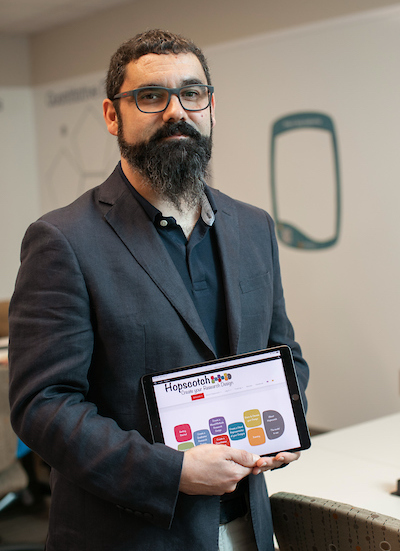
Kennesaw State University’s Office of Research is hosting a one-hour web show every other Friday at 4 p.m. to showcase the varied research being conducted by KSU faculty members. “Research with Relevance” spotlights Kennesaw State researchers in a live interview followed by an interactive question-and-answer session with the virtual audience.
This week’s episode features Iván Jorrín-Abellán, a professor of educational research in the Bagwell College of Education. He will discuss the Hopscotch model and the Interactive Research Methods Lab, two initiatives to help students and faculty plan and develop research designs for their undergraduate research assignments, master capstone projects, research proposals and dissertations. Prior to the presentation, Jorrín-Abellán answered a few questions about his interest in research and its benefits to students.
I began working in the development of Hopscotch, a theoretical model and a webtool to help novice researchers generate well-informed research designs in social sciences and education, when I was hired by KSU in Fall 2014. Before that, I worked for 12 years within the Intelligent & Cooperative Systems/Education, Media, Informatics & Culture research group at the University of Valladolid in Spain. My research was devoted to the development and evaluation of technologies to be used by teachers when doing collaborative learning.
I decided that I wanted to become a researcher in the last year of my degree in educational psychology. I took a course on research methods in which I had the chance of conducting an undergraduate research study on the particularities of the drawings of hospitalized children. The work of Elizabeth Kübler-Ross in this regard was so inspirational that I soon realized I wanted to devote my life and career to research.
KSU’s support has been instrumental in helping me materialize both Hopscotch and the Interactive Research Methods Lab.
In 2017, I was awarded an Office of the Vice President for Research grant, which helped me evaluate the initial version of Hopscotch and develop the current one. As a result of the conducted evaluation and the creation of an enhanced version of Hopscotch’s website/tool, I was able to begin collaborating with a group of colleagues – Drs. Anete Vasquez, Mei-Lin Chang, Rachel Gaines, Jihye Kim, Olga Koz and Connie Lane – in the development of the Interactive Research Methods. To do so, the support provided by my department, Secondary and Middle Grades Education, and the Bagwell College of Education has been both rich and essential.
All my research efforts are pretty much devoted to our students. Hopscotch has been used by more than 700 KSU students since 2015. Moreover, 12 students in the Bagwell College of Education have used Hopscotch as the methodological basis for their doctoral dissertations.
My work also tries to have a global impact. The current version of Hopscotch has received more than 30,000 visits from 6,000 users in 132 countries. What is even more relevant is that it has been formally used by more than 1,000 doctoral students in research courses taught in 11 universities in the U.S., Spain, Colombia, Thailand and China.
The Interactive Research Methods Lab also has been used profusely since Fall 2019 by undergraduate and graduate students. We have worked with undergraduate students working in research-related and senior capstone projects. We also have collaborated with graduate students working in assignments for their methods courses, research proposals and doctoral dissertations.
I teach graduate research methods courses, so I always try to show my students how relevant a good research design is for any study and how much it affects the potential impact of its findings. In social sciences and education, we conduct research with people and for the people, so the quality of our studies is going to impact lives.
Most of my students are already in-service teachers and/or school leaders and administrators. It is important for me that they understand how relevant it is to develop a research culture at our schools. More than ever, teachers need to become vanguard agents in providing rigorous evidence on which to ground education practice. This will be attainable only if we offer teachers improved methods, tools and procedures to enable them to thoroughly analyze their daily practices.
Researchers working in traditional scientific areas many times believe that what we do in social sciences and education is not research. There is a common misconception related to the lack of objectivity and rigor of the research we do. The Hopscotch model can be seen as an example of a tool developed to assist researchers in generating rigorous and methodologically-sound research designs in these areas.
Tune in on Friday, September 18 at 4 p.m. to hear Iván Jorrín-Abellán talk about his research and answer your questions. Click here for more information.
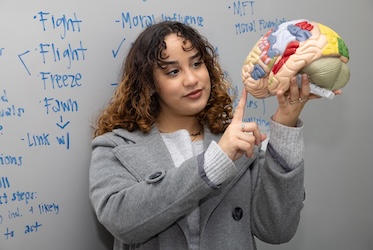
Kennesaw State student explores how trauma affects decision-making
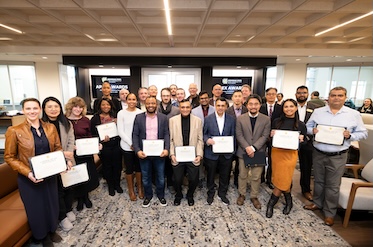
Top researchers recognized for achievements at Apex Awards
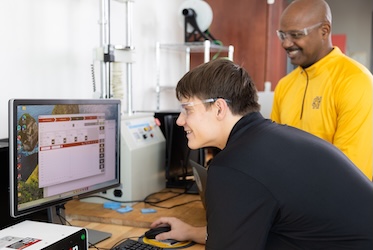
Kennesaw State team innovates stronger 3D-printed structures through advanced simulations
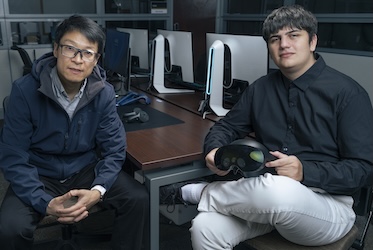
Student, faculty researchers explore how AI can improve STEM learning through virtual reality
A leader in innovative teaching and learning, Kennesaw State University offers undergraduate, graduate, and doctoral degrees to its more than 51,000 students. Kennesaw State is a member of the University System of Georgia with 11 academic colleges. The university's vibrant campus culture, diverse population, strong global ties, and entrepreneurial spirit draw students from throughout the country and the world. Kennesaw State is a Carnegie-designated doctoral research institution (R2), placing it among an elite group of only 8 percent of U.S. colleges and universities with an R1 or R2 status. For more information, visit kennesaw.edu.